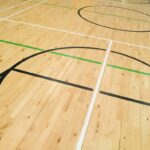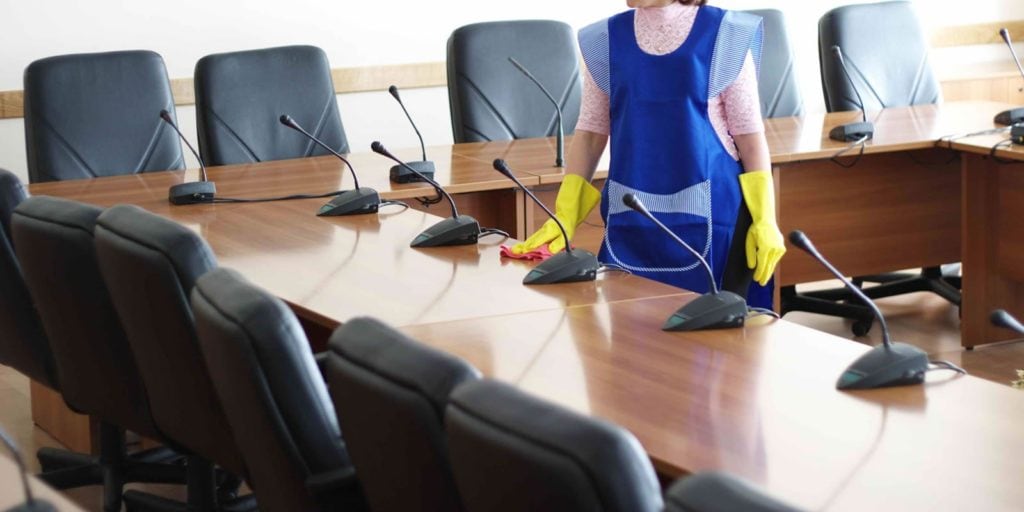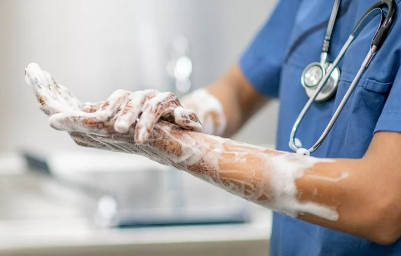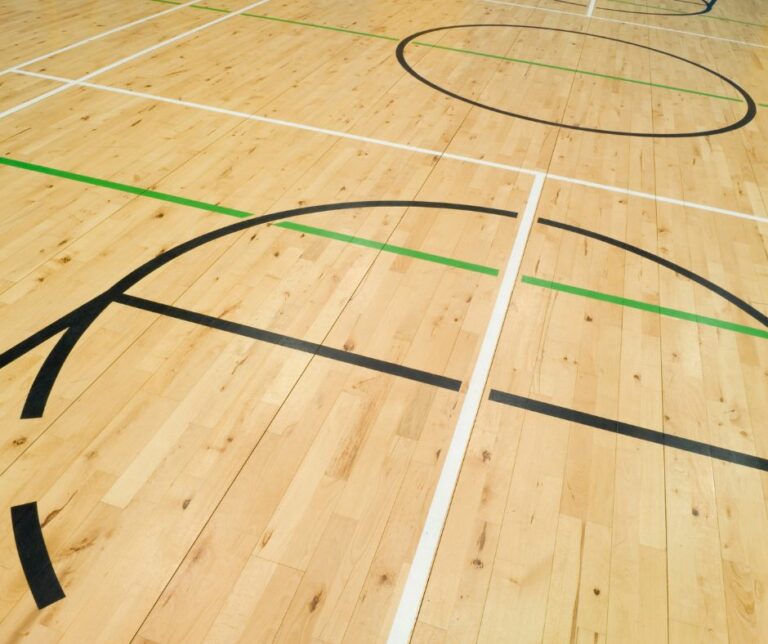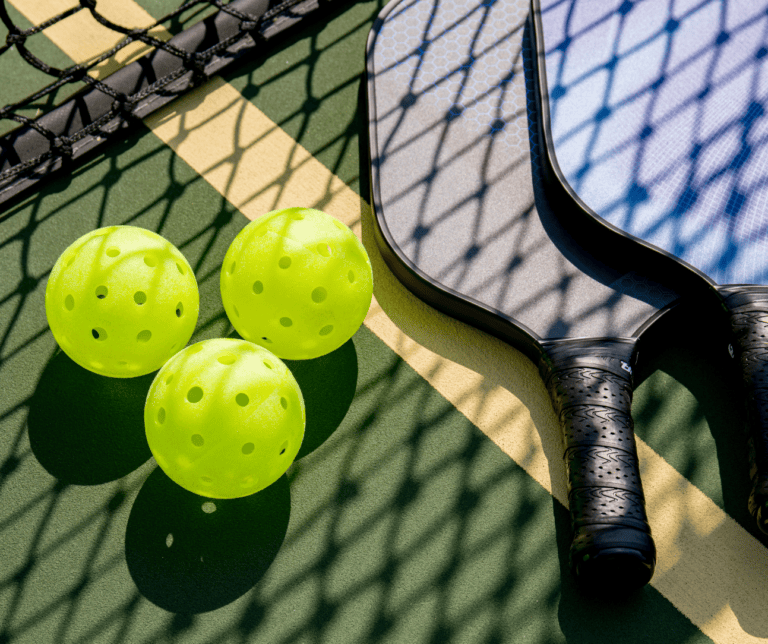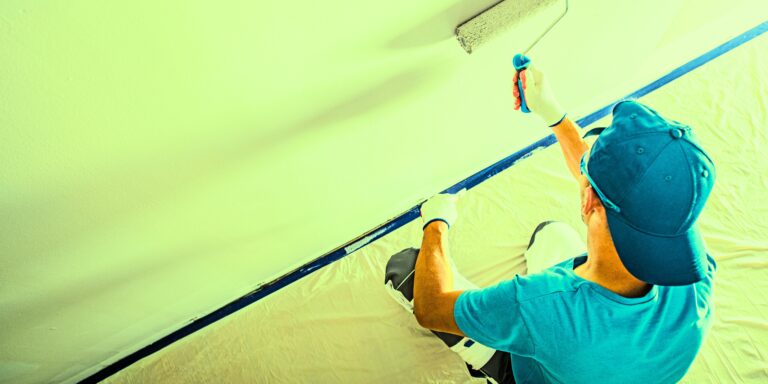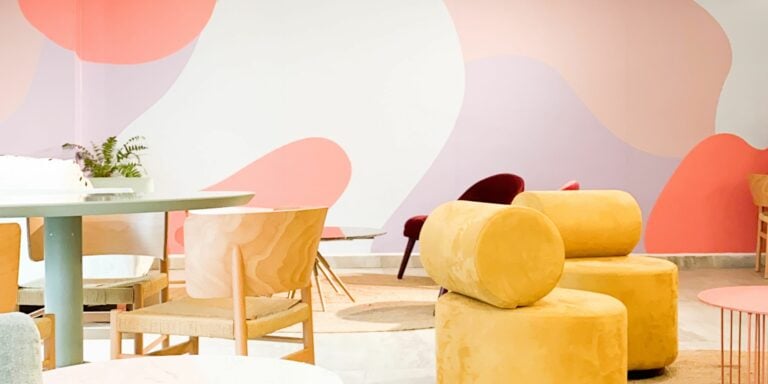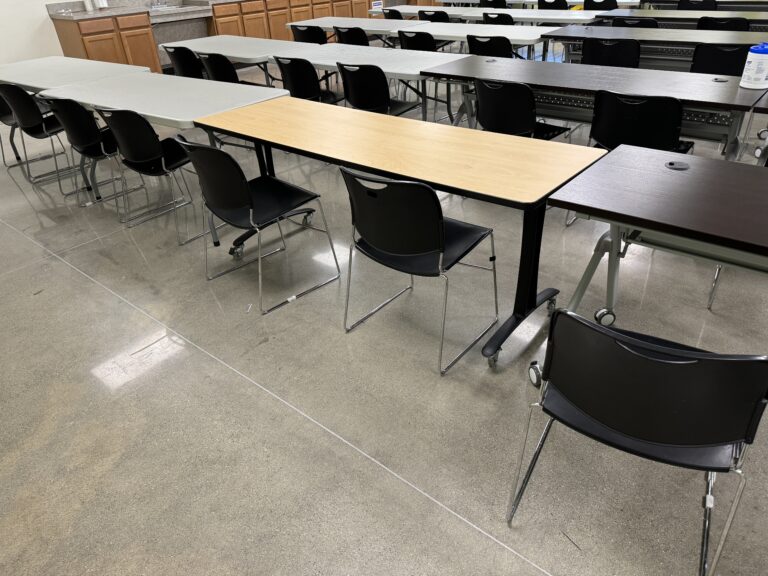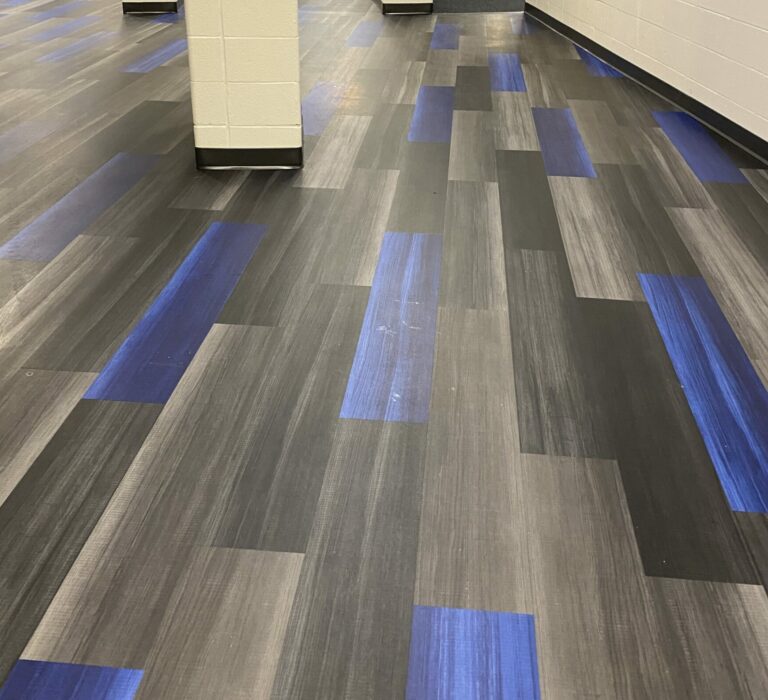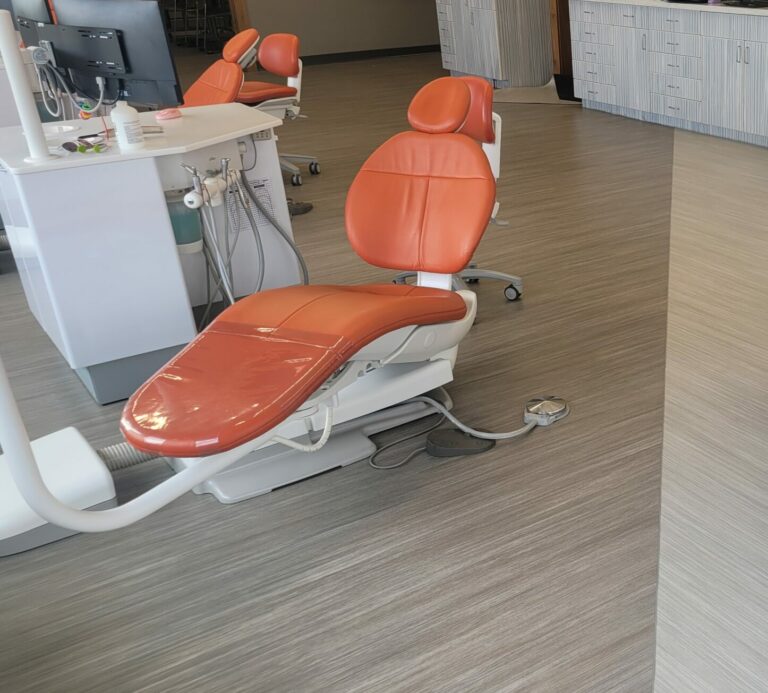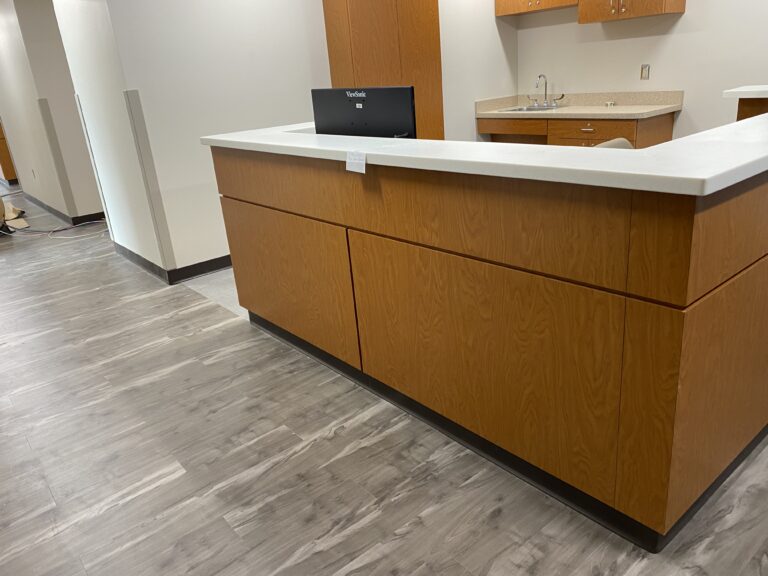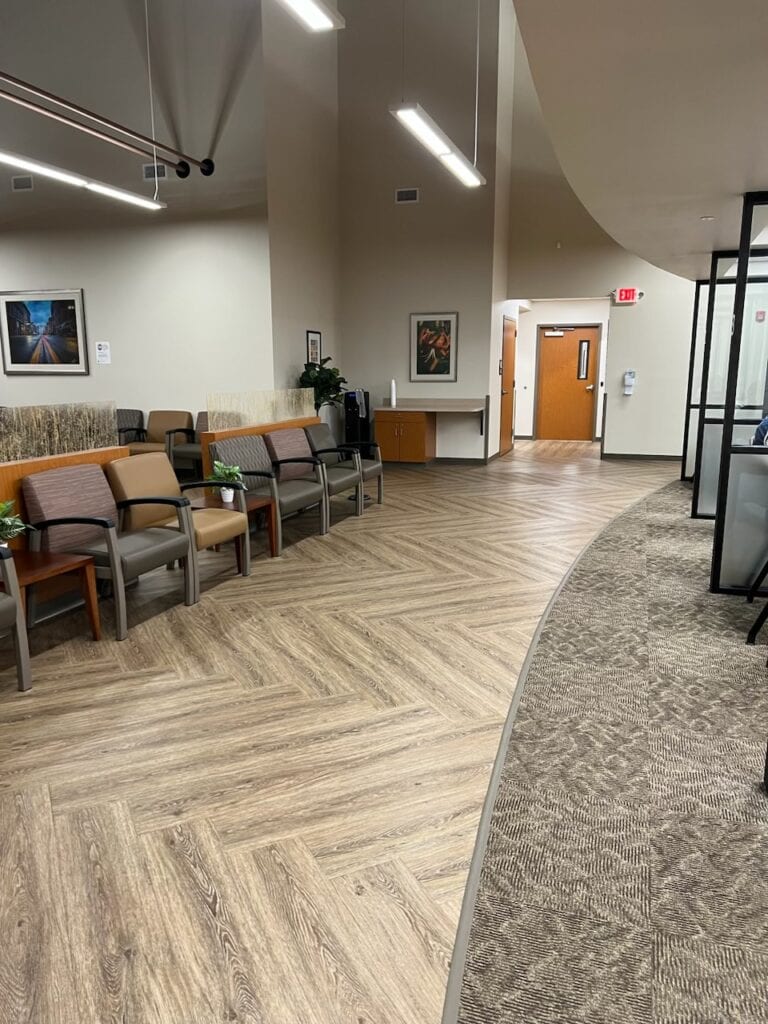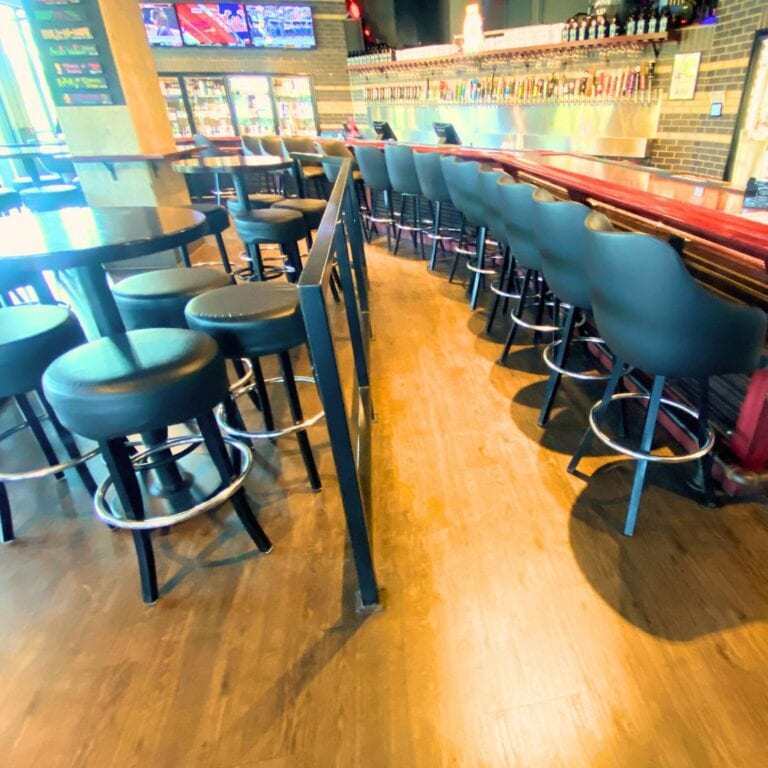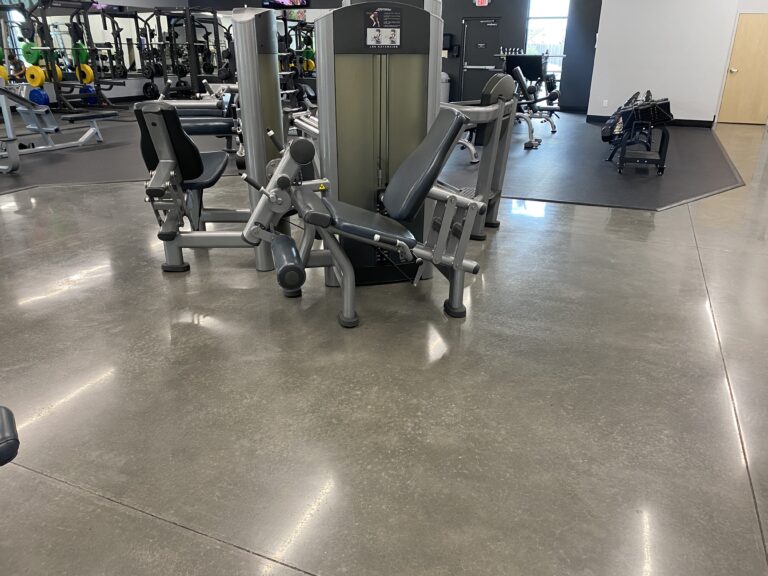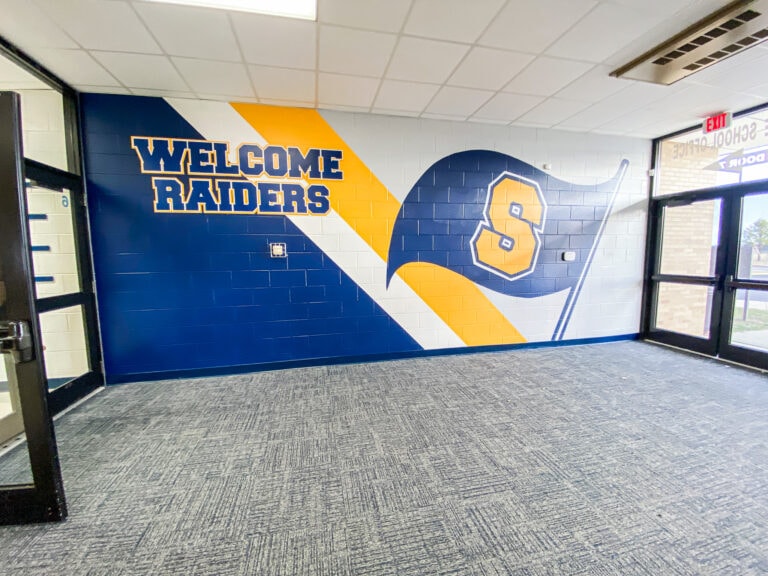Are your gym floors showing signs of wear & tear? Are the issues you’re seeing minor or major? What’s causing them? You’ve got questions, we’ve got answers. Check out these 5 signs your gym floor needs attention.
1. Amber or Yellow Colored Gym Floors
Over time, dirt builds up on your gym floor and without proper maintenance this can cause discoloration. Another common reason for discoloration is the aging of the finish used on the floor. In general, finish ambers over time, changing the color of your floor to a yellow or amber color.
2. Chipping or Peeling Finish on Gym Floors
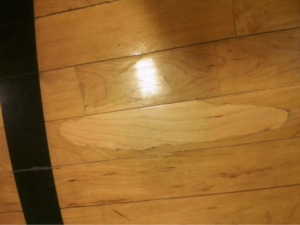
Chipping or peeling finish is a sign of wear and tear. When your gym floor finish starts peeling, the wood becomes exposed and more susceptible to additional damage. A gymnasium floor should be sanded and refinished every 8- 10 years. However, this is simply a guideline. If there is chipping or flaking of finish, it might be time for sanding. There are also other signs that a professional flooring contractor can look for in determining if the floor needs to be sanded.
3. Cupping Wood on Gym Floors
Excessive moisture can cause a big issue with hardwood gym floors – cupping. Cupping happens when the floorboards absorb moisture from the surrounding air, either above the hardwood floor or beneath it in the subfloor. Severe cupping indicates a serious structural problem. It will need to be addressed to keep the wood floor healthy and pristine.
4. Excessive Gapping on Gym Floors
Gapping happens when the floor dries up. Too much humidity is bad, not enough can also be bad. Most of the time this is out of anyone’s control. Excessive gaps can lead to other problems with the wood. It’s best to consult a professional if you are concerned about gapping gym floors.
5. Slippery Gym Floors
A hardwood gym floor that is slippery can also be dangerous. With regular wear and tear, the protective layer of the flooring diminishes. This results in the floors becoming slippery and unsafe. In some cases, slippery gym floors may be a result of older finishes or the use of the wrong cleaning products. Almost always, slippery floors are the result of a lack of proper maintenance.
How Can You Protect Your Gym Floors?
No matter what type of the gym flooring problem you’re experiencing, Jack Laurie Group has solutions.
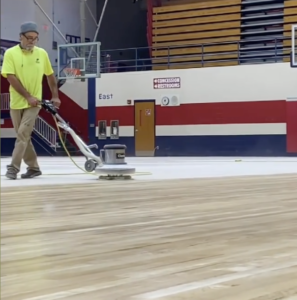
Resurfacing/Sanding – The MFMA (Maple Flooring Manufacturers Association) guidelines recommend a complete resurfacing which includes sanding off all the finish and paint every 8 to 10 years, depending on how often it’s used. If your gym floor is turning yellow, the finish is wearing off or peeling, the logo needs updated, the game lines have worn down, or you have water damaged areas, your gym floor could benefit from a complete resurfacing.
Annual Screen & Recoat – In between resurfacing your gym floors, the MFMA also recommends a finish screen and recoat, which includes buffing the floor and applying a fresh layer of polyurethane. This will not remove any deep scratches or dents, however it is a fast and cost-effective method of deep cleaning and revitalizing dull floors.
Generally, if dealt with soon enough, minor gym flooring issues don’t become major. At Jack Laurie Group we understand your Indiana gym floor is a major investment and we want to help you increase its longevity. If you are experiencing any of the above issues, contact us today for a free consultation.

